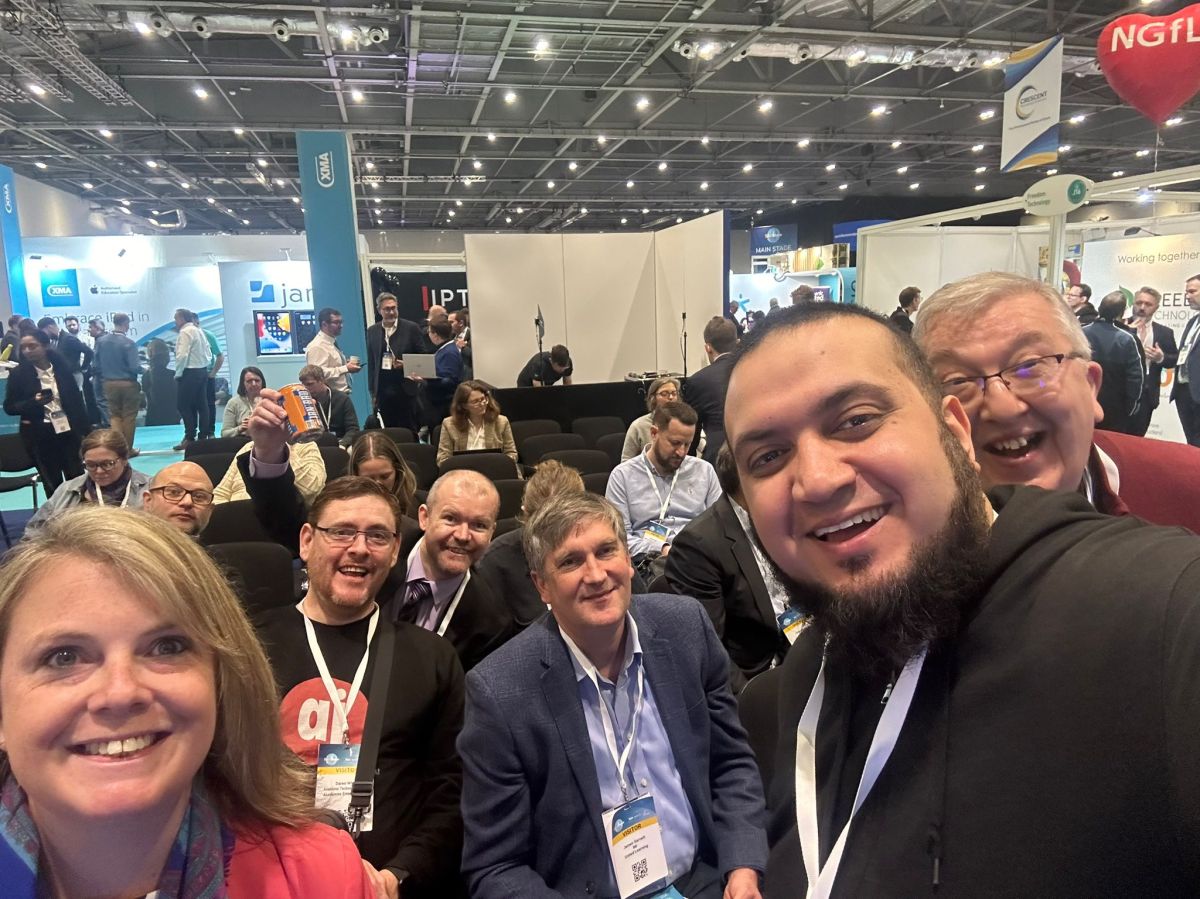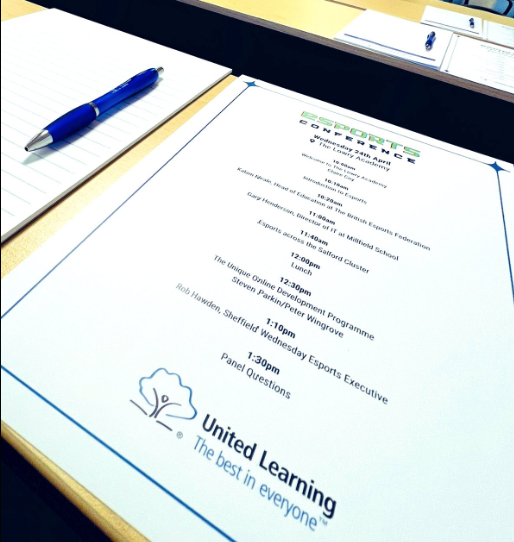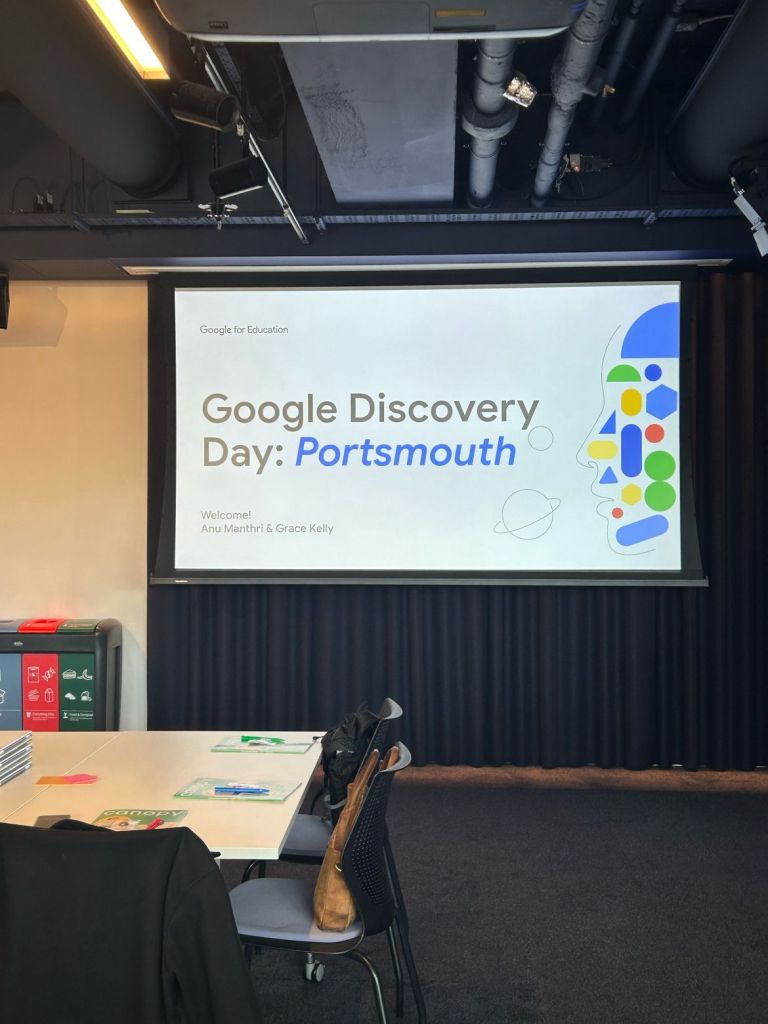
I was very lucky to recently be invited to speak at the FutureShots conference in Venice at the amazing H-Farm campus, following on from a session working with IT staff in Cardiff, so it was a busy week to say the least. It was great to meet up with my Digital Futures Group (DFG) colleagues, Gemma and Emma and a variety of others. It also presented its challenges but in doing so also presented a fair few new memories and learning opportunities. Now I will be blogging further on the FutureShots conference however before doing so would first like to spend a bit of time sharing some of the more human-focused events and experiences from my trip to Venice. And it was definitely an experience!
Now my trip out to Venice was unusually straightforward by my standards, arriving late on the Wednesday to the amazing H-Farm campus, although my first impressions were somewhat limited by darkness and the lateness of the hour. I was quickly whisked off to a dinner which to me highlighted the strength in the H-Farm setup, with educationalists, H-Farm staff and technology startups all working and sharing as we ate. My thanks to the very friendly people involved in helping me navigate the Italian menu when my Italian only stretched to a handful of words.
The conference itself was very interesting indeed with AI for education on day 1 and AI for business on day 2 however I will blog more on this in future.

So now onto some of the experiences; Lets start with myself and Gemma Gwilliam deciding to try and find somewhere nice to eat, leading us on an exploratory tour of the site and surrounding area, and attempts to get an Uber or blag a lift with someone. The efforts failed and the evening was progressing quickly without us having had dinner. But then a gentleman in a car, heading out of the site suggested we head back and that there was an event on where people could help. Little did we know that as we turned to head in the direction suggested, following the music, he had actually phoned ahead to tell people to expect us, and so it was as we followed the sound of music we were met by the most friendly and helpful bunch of people I have met in a long time. I note, I remember Scottish Hogmanay’s where I would simply wander the streets following the music in search of a party, however, it has been a long time since I have done similar. And so it was that myself and Gemma were welcomed by a lovely bunch of people we had never met before, sharing thoughts, sharing food and drink, and a little bit of karaoke. They were our saviours and such a lovely, warm, welcome and friendly bunch of people.
Queue learning point one; We are often so busy in life that we rush from one task to another, however, the search for food led me to slow down and to meet people which otherwise I would likely never have met. We made new connections and friends, and I suspect I am all the better for it, but it wouldn’t have happened aside from our search for food leaving us open to unexpected and unplanned connections. I note the openness of the people we met, the people running the Maize strategic design company, also played a key part in this. It turns out the Maize magazine, which they produce, had a lot of things in it with peeked my interest, so I look forward to reading the two editions our new friends provided me with.
We also made another new friend when a large black beetle seemed to fly or drop from nowhere directly into a pizza box where it proceeded to attempt to make off with a pizza slice; Not sure what the learning point is there however it might simply be to expect the unexpected.

Now let’s fast forward to day two of the event, and finding some time in the early evening to explore a little of what Venice has to offer. Emma Darcy had joined myself and Gemma for day two and had suggested a “gentle” Gondola ride. I was a little anxious as I cannot swim and have a fear of open water however I said I was willing to give it a go. After some exploring we found ourselves at a dock waiting on a short gondola ride, a good thing, but across the Grand Canal a very busy waterway with some big boats, a less than good thing! Now as I waited for the gondola to arrive my fear and anxiety grew; I suspect if you visit the same dock you will see my hand impression on the wooden poles which rise from the canal and are used to anchor boats. My grip on those poles as I waited was firm to say the least. I was very close to leaving Gemma and Emma, the two attempting to murder me through either drowning or anxiety-induced heart attack, however I boarded the Gondola gingerly. God did it rock back and forth, not exactly helping my anxiety. And so as we crossed the busy waterway ever boat captain with a big boat decided to simultaneously descend on the waterway in an effort to capsize the craft I was in. The wake of each craft causing the gondola to bank from side to side, and pushing my anxiety ever higher. I will admit to, upon reaching the other side of the canal, almost crawling along the gondola to the jetty, then collapsing to my knees. A quick look at my Fitbit showed my heart rate was now a good 20 to 30 bpm higher than it had been on the other side. I had however managed to cross the canal on a gondola so the aim of a gondola ride had been achieved. And what an achievement!
So learning point two; don’t cross the Grand Canal on a gondola if you are afraid of water! No only kidding, it is that sometimes we need to step outside of our comfort zone and do things which are difficult. I think sometimes we spend too much time looking to make everything easier or more comfortable when in fact difficulty can be desirable and I would suggest is part of a required balance. We don’t want everything too easy as we then don’t learn, but equally, we don’t want everything too hard as that demotivates; It needs to be a mix. I did something which was so very difficult for me, but in doing so I proved I could do it. On the other bank I had a sense of achievement, alongside a sense of relief. And if I can cross the Grand Canal what other things which are difficult for me, might I be able to achieve?
Oh, and as we proceeded to explore a little more it turned out that there was a bridge which crossed the canal only a little distance around the bend; Had I known this at the outset I suspect I would never have made the gondola trip. This highlights to me how hindsight is 20/20 and therefore how we need to be more accepting where things don’t go quite as planned as although after the event, the reasons may be obvious, at the time that bridge might just be out of sight or obscured and therefore not available to those planning or executing tasks. Another learning point may be to not trust even your friends however I am going to assume that Gemma and Emma werent aware of the bridge at the outset 😉
If there is to be a final learning point from all of this, it is this: That we are very busy and forever looking to be better and more efficient at what we do, however equally we need to take some time out, slow down, try new things, look out for experiences, connect with people, including new people, and build memories. When my time comes (as it almost did on that Gondola) I want to look back on all that I have done and experienced. I very much doubt that I will be that bothered about how efficient or busy I have been!














